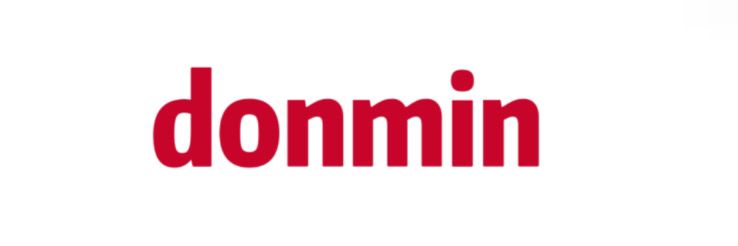How Do Hot Rolled and Cold Rolled Coils Affect Your Project Costs?
**How Do Hot Rolled and Cold Rolled Coils Affect Your Project Costs?**.
In the world of manufacturing and construction, steel plays a pivotal role. Two of the most commonly used steel products are hot rolled coils (HRC) and cold rolled coils (CRC). Understanding the differences between these two types of coils is crucial for making informed decisions that can significantly affect project costs. This article will delve into the characteristics, applications, and overall impact of hot rolled and cold rolled coils on project budgets.
**Understanding Hot Rolled Coils (HRC)**.
Hot rolled coils are produced by rolling steel at high temperatures, typically above 1700°F (about 926°C). This process allows the steel to be shaped and formed while it's in a pliable state. HRCs are commonly used in the production of structural components, automobiles, and heavy machinery, owing to their excellent mechanical properties. The advantages of hot rolled coils include lower material costs, improved yield strength, and better formability, which can result in significant savings during the manufacturing process.
One key feature of HRCs is their surface finish. Due to the high-temperature processing and rapid cooling, the surface of hot rolled coils may appear rough and scale-covered. While this may be a disadvantage for industries that require aesthetically pleasing surfaces, it is often not an issue for structural applications where strength and durability are paramount.
**Examining Cold Rolled Coils (CRC)**.
In contrast, cold rolled coils undergo a process that involves rolling steel at room temperature. This method results in a smoother surface and a tighter dimensional tolerance compared to hot rolled coils. While the initial production costs of CRCs are generally higher than those of HRCs, their specific characteristics can lead to greater long-term savings. Cold rolled coils are primarily used in applications that require superior finish, accuracy, or mechanical properties, such as appliances, furniture, and automotive parts.
The tighter tolerances and better surface quality of CRCs make them suitable for further processing, such as painting or galvanizing. Additionally, the cold working process enhances the material's strength and hardness, which can be beneficial in applications where wear resistance is a critical factor. The trade-off between performance and cost must be carefully evaluated, as the initial investment may lead to substantial gains in product longevity and reliability.
**Cost Implications and Overall Efficiency**.
Evaluating the cost implications of hot rolled vs. cold rolled coils can hinge on several factors, including the initial material cost, processing fees, and end-product requirements. Despite the lower production cost of HRCs, the potential need for additional finishing processes can offset these savings. In workflows where precision and surface quality are non-negotiable, investing in CRCs may yield more significant cost benefits over time.
Industry professionals must assess the specific requirements of their projects when choosing between HRCs and CRCs. Factors such as the final product's intended use, mechanical properties, surface finish, and aesthetic requirements can all play a role in determining which type of coil provides the best value for the investment. .
**Conclusion and Future Considerations**.
In conclusion, the choice between hot rolled and cold rolled coils is not merely a question of initial costs; it involves understanding the long-term implications on efficiency, production flexibility, and product performance. By carefully analyzing project requirements and weighing the benefits of each type of coil, companies can make informed choices that align with their financial objectives.
As industries evolve and technology advances, the steel market is likely to see further innovations, leading to enhanced varieties and processing methods for both hot rolled and cold rolled coils. Staying informed about these developments will empower businesses to optimize their operations and manage project costs effectively in the ever-changing landscape of manufacturing and construction.
The company is the world’s best hot rolled coil vs cold rolled coil, Hot Rolled Pickled Coil, difference between hot rolling and cold rolling process supplier. We are your one-stop shop for all needs. Our staff are highly-specialized and will help you find the product you need.

